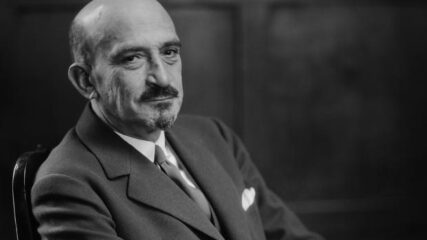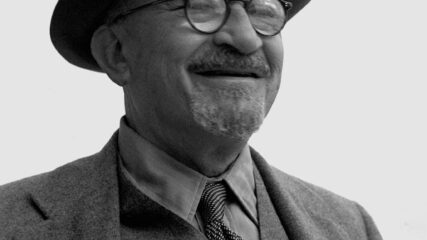The Letters and Papers of Chaim Weizmann
1885-1952
Volume introductions reproduced with permission of the Weizmann Archives.
The Letters and Papers of Chaim Weizmann, Series A is an enormously valuable but under-utilized source of modern Zionist History. The twenty-three-volume series offers an intimate perspective into the life of Chaim Weizmann, as he became one of half a dozen key leaders in the 19th and 20th century Zionist quest to establish a Jewish state.
The letters included in each of these volumes cover the period from 1885 to 1952 but do not cover a short period in Weizmann’s early life. Critically valuable to each of the 23 volumes are the lengthy scholarly introductions and summaries of the period covered. Each is authored by a renowned scholar of Jewish history. When these incisive and insightful introductions are read together, one gains an overview of Zionist politics, setbacks and successes that unfolded with American, Arab, European, Zionist and other players. We have included the introductory section of the entire Weizmann Letters project, which explains how the letters were collected and assembled. The volume introductions are valuable analyses. We highly recommend referencing and reading the letters themselves.
The Weizmann Letters project was initiated and edited by Meyer W. Weisgal (1894-1977), chancellor of the Weizmann Institute of Science and chairman of the Weizmann National Memorial (Yad Chaim Weizmann). The first volume of the letters was published in 1968 by Oxford University Press, with the last volume issued in 1979 by Transaction Books in Rutgers, New Jersey. All of Weizmann’s letters, more than those that are included in each published volume, are housed at the Weizmann Archives on the Technion campus in Rehovot, Israel, adjacent to Weizmann’s House (now part of the Weizmann Institute of Science). Individual volumes of the published letters may be found in many university libraries, and some remain accessible through used and new booksellers.
Each of the published volumes of The Weizmann Letters, with a couple of exceptions, covers a period of two to four years. At the end of each volume, a biographical index was included that covered the names of those mentioned in that particular volume. At the Center for Israel Education, we assembled the biographies from each volume to present them as one composite collection. The legend of abbreviations found in the composite biographical index is explained in The General Introduction to the Collection.
The Center for Israel Education extends its deep appreciation and thanks to the Weizmann Archives in Rehovot for permission to reprint these introductions. All credit for assembling the bibliographic information and the lengthy introductions rests with the individual scholar who edited each volume. We are indebted to each of them for their erudition. These individuals must be cited when quotations are taken from the introductions that appear on the Center for Israel Education site.
— Ken Stein, June 30, 2019




